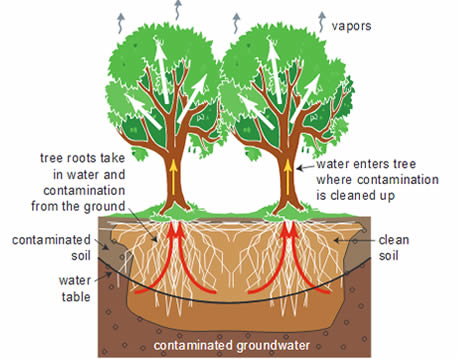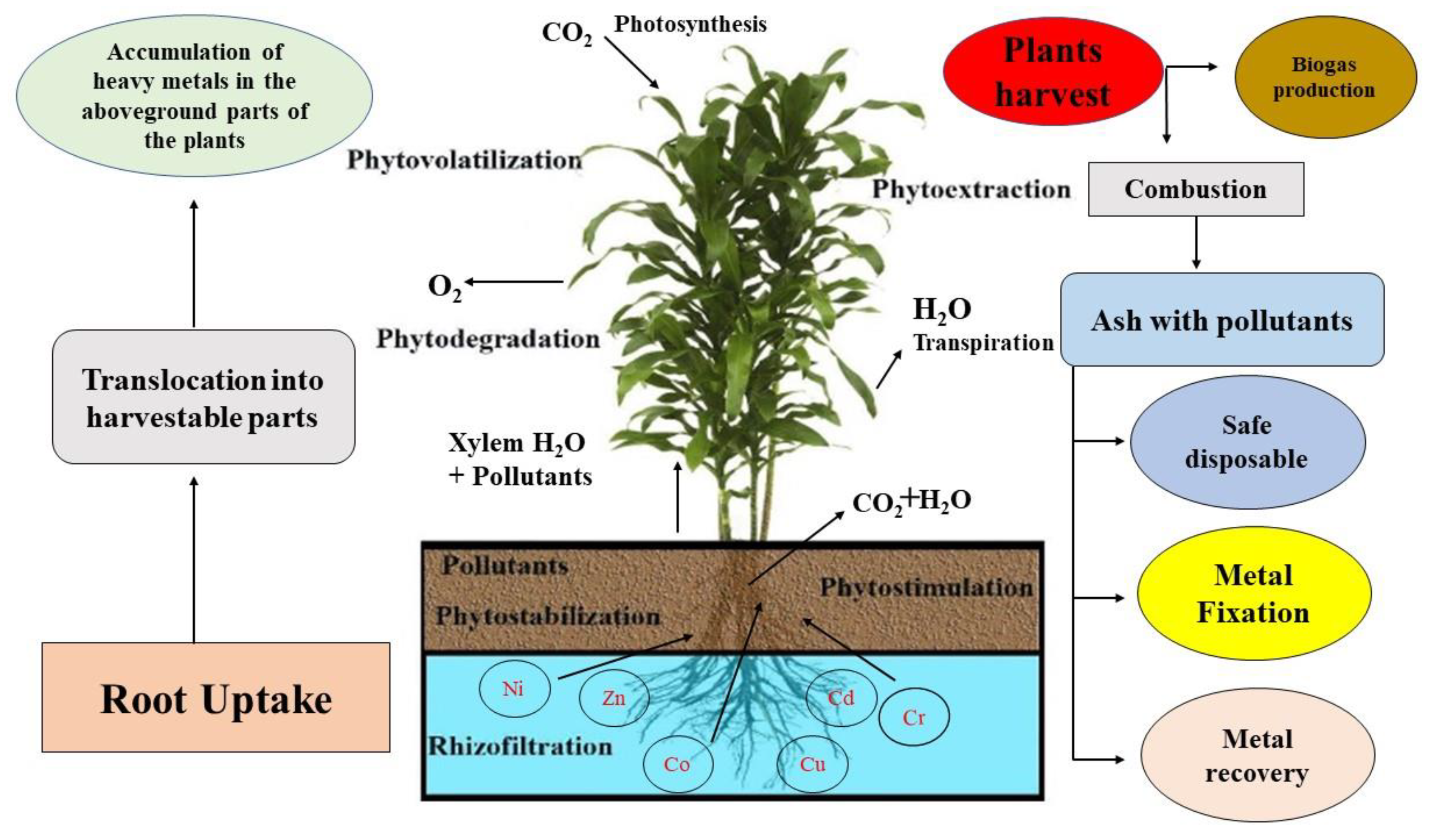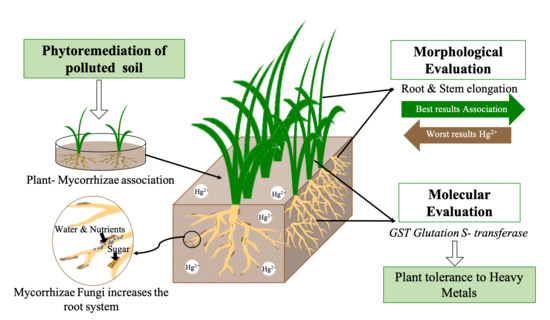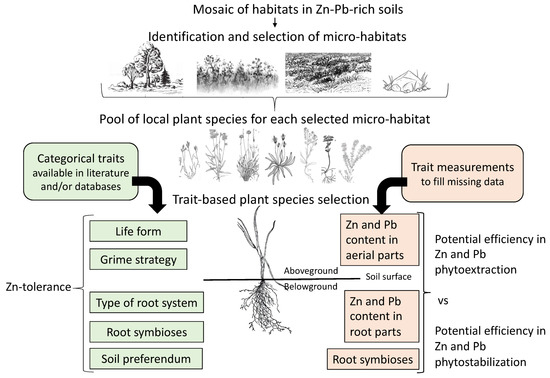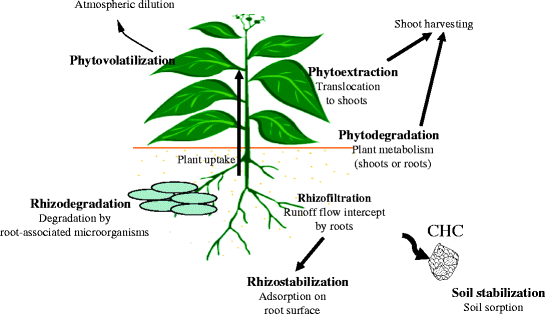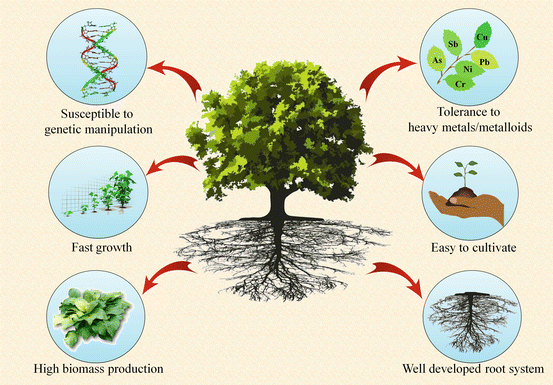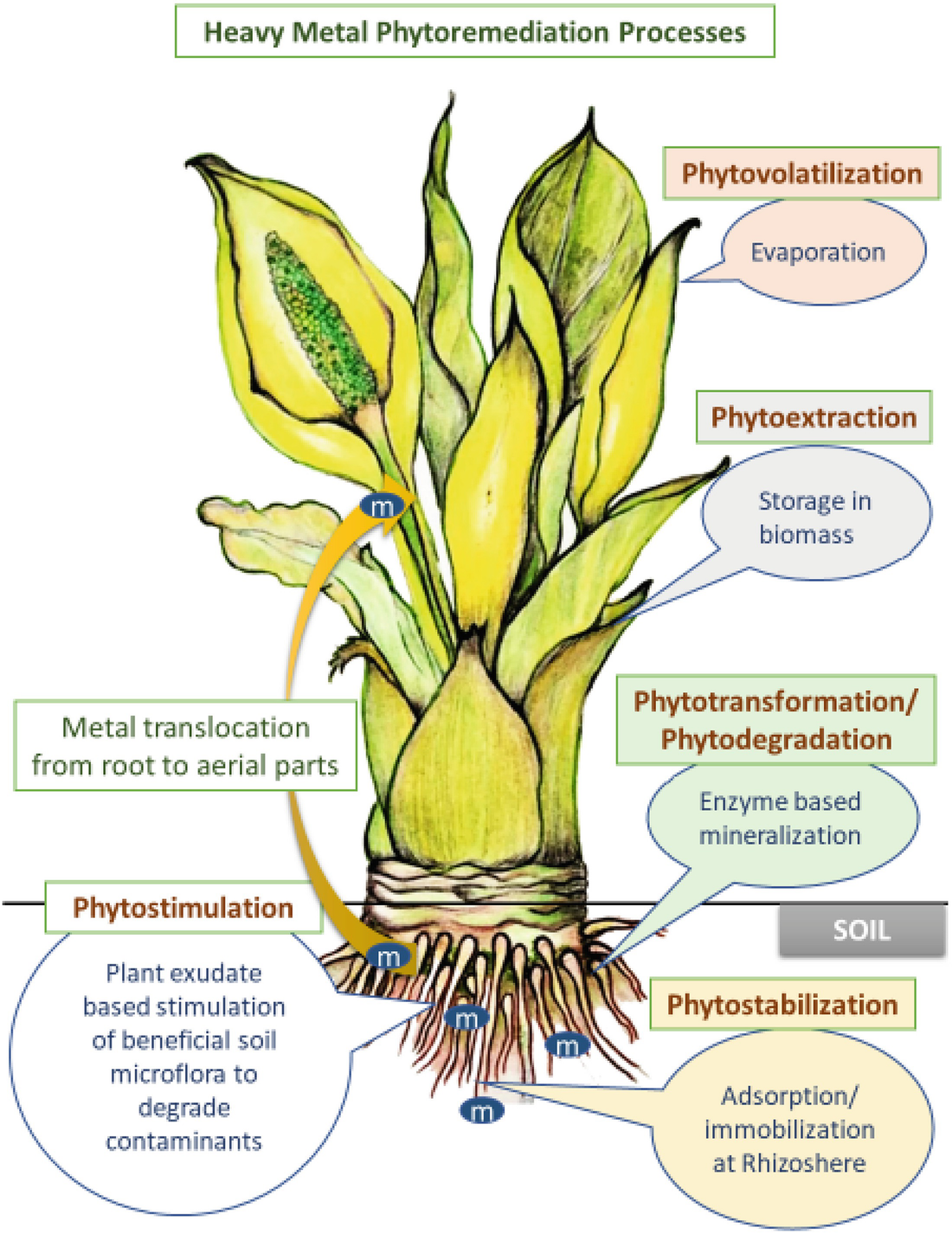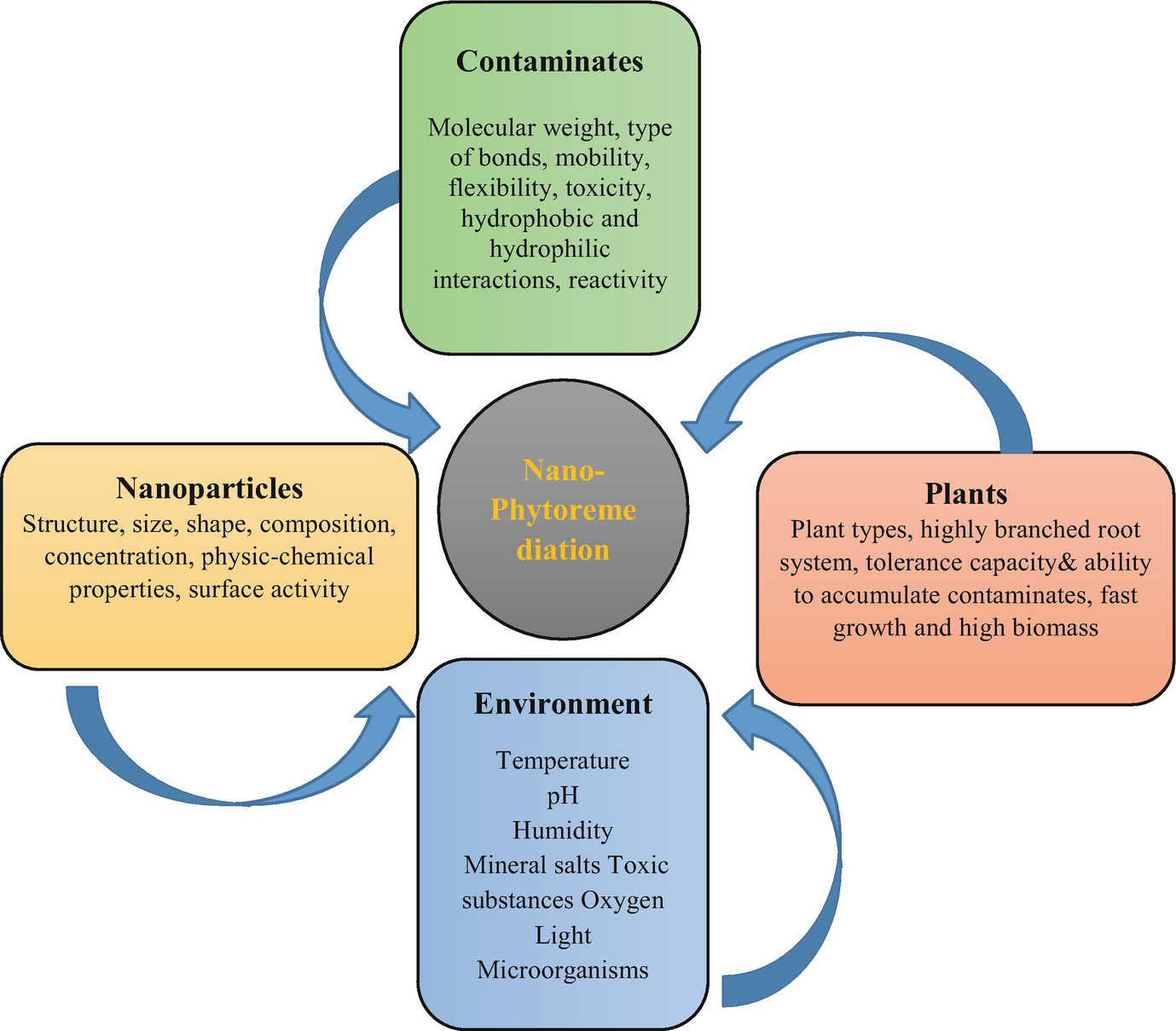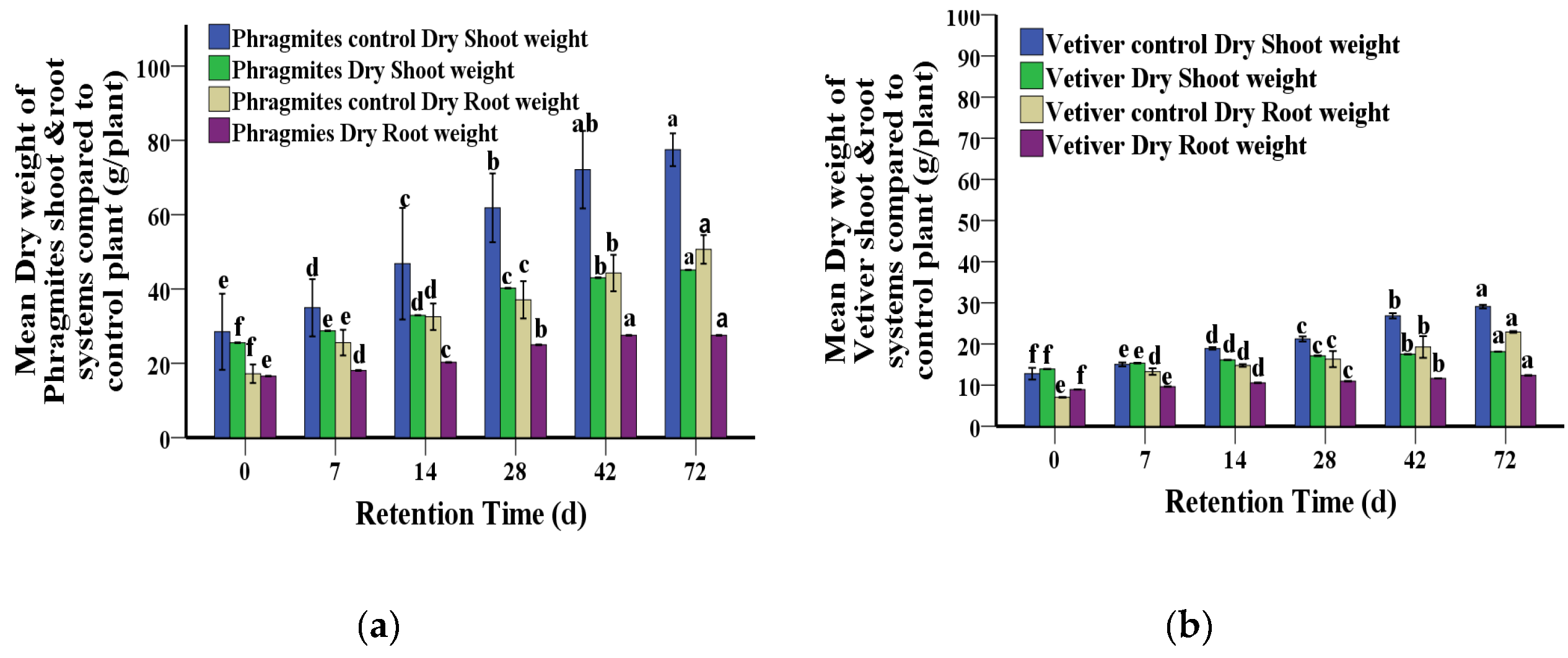Phytoremediation And Root Zone Cleaning System

Plants also produce enzymes such as dehalogenase and oxygenase which help catalyze degradation.
Phytoremediation and root zone cleaning system. Using green plants to clean up contaminated soil groundwater and wastewater. Phytoremediation is being increasingly used for example it has been employed in cleaning up of the contaminated groundwater site at aberdeen proving ground in maryland near a disposal site. This document defines terms and provides a framework to understand phytoremediation applications. 2 expiration is often not optimal because of less effective groundwater extraction through the tree root system.
As a cleanup system at a site with zinc contamination in the root zone of some of the trees. Phytoremediation of contaminated sites should ideally not exceed one decade to reach acceptable levels of contaminants in the environment. It is a compilation of. Phytoremediation is however limited to the root zone of.
The plants used in phytoremediation are generally selected on the basis of their growth rate and biomass their ability to tolerate and accumulate contaminants the depth of their root zone and their potential to transpire groundwater. However phytoremediation suffers several limitations. Phytoremediation can be used to clean up organic contaminants from surface water ground water leachate and municipal and industrial wastewater. References and recommended reading greipsson s.
The contaminating material should always be present within the root zone of the plants to make it accessible to the roots. 1 contaminated groundwater usually exceeds the 25 feet ft 7 6 meters m below ground surface bgs threshold for effective vertical tree root growth. Gies that might more efficiently clean up these sites. This introduction is intended to provide a tool for site regulators owners neighbors and man agers to evaluate the applicability of phytoremediation to a site.
The root zone waste water treatment system takes into account the natural slope of the ground so that water flows from one device to another without any external energy input such as motor pump. Also phytoremediation is a slow process and a contaminated site needs to be large enough to grow enough plants. Phytoremediation is a bioremediation process that employs varieties of plants to eliminate transfer maintain extract or degrade contaminants in the soil and groundwater. And 3 the need to.
There are different types of phytoremediation mechanisms that are used to eliminate or degrade contaminants from soil and water discussed as.
